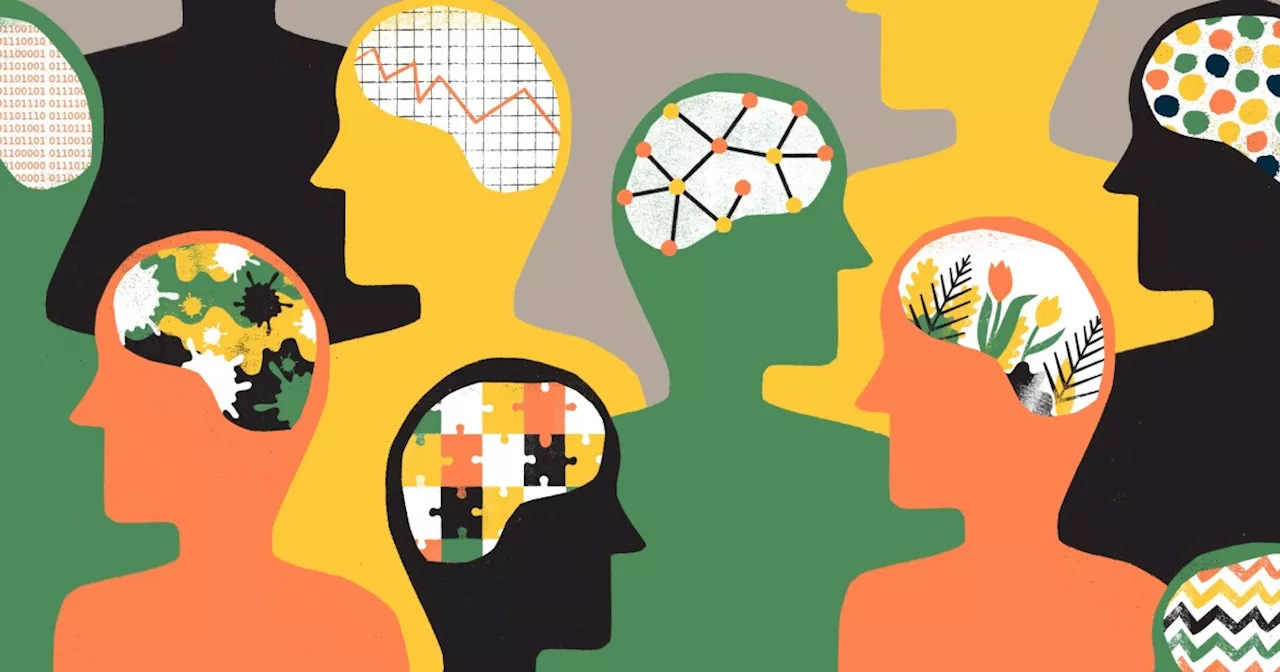Understanding the phenomenon of repetitive compulsion is essential for individuals seeking to escape harmful cycles of behavior. This psychological pattern, often characterized by the tendency to re-enact past traumas, can trap individuals in familiar yet destructive scenarios. Notable figures in psychology, including Sigmund Freud and Bessel van der Kolk, M.D., have explored how memories of painful experiences can manifest in current behavior, often leading to a cycle of revictimization.
The concept of repetition compulsion is succinctly captured by George Santayana, who stated, “Those who cannot remember the past are condemned to repeat it.” This insight opens a dialogue about why individuals gravitate towards familiar, albeit damaging, situations. As Michael S. Levy, Ph.D., articulates, these reenactments reflect a struggle to break free from rigid patterns that often lead to renewed trauma.
The nature of this compulsion is complex. Van der Kolk explains that instead of merely recalling uncomfortable experiences, individuals frequently find themselves reliving them. This cycle can lead to distressing relationships, environments, and emotional responses that echo past abuses or neglect.
When familiarity equates to safety, individuals may feel secure. However, for many, familiarity can stem from traumatic experiences, resulting in repeated emotional pain. Such situations might include abusive relationships or toxic workplaces, where individuals feel disregarded or undervalued. These patterns often persist due to underlying feelings of worthlessness and hopelessness. Many people unconsciously seek to resolve past traumas by recreating them, hoping to conquer their painful histories.
Therapeutic approaches are crucial in addressing and overcoming these cycles. The primary goal of treatment is to gain control over one’s current life and prevent the repetition of past trauma. As therapy progresses, individuals can learn to identify the triggers that draw them back into harmful dynamics, fostering self-awareness and compassion.
Awareness is a fundamental step towards change. The journey begins with recognizing the aspects of one’s life that provide a false sense of security, alongside the negative beliefs that contribute to ongoing suffering. Engaging in self-reflection without self-blame is vital for understanding the gap between where one is and where one desires to be.
In popular culture, the film “Groundhog Day” illustrates this concept effectively. The protagonist, a weatherman trapped in a time loop, gradually becomes aware of his circumstances and works towards breaking free. This narrative serves as a metaphor for real-life transformation, emphasizing the importance of awareness in initiating positive change.
With the right support and resources, individuals can break free from long-standing negative habits. Mental health professionals employ evidence-based treatments to assist clients in recognizing and overcoming destructive patterns. These therapies provide essential skills to challenge pervasive negative thoughts and foster healthier beliefs.
As individuals navigate their healing journeys, they often discover that life can hold new possibilities beyond their traumatic histories. Embracing challenges becomes a way to foster personal growth rather than an obstacle.
In conclusion, understanding and addressing repetitive compulsion is crucial for healing and personal development. With increased awareness and therapeutic support, individuals can break free from their past and create a more fulfilling future. Recognizing the impact of trauma and the patterns it creates is the first step towards transformation, allowing for a life defined not by past pain but by resilience and hope.







